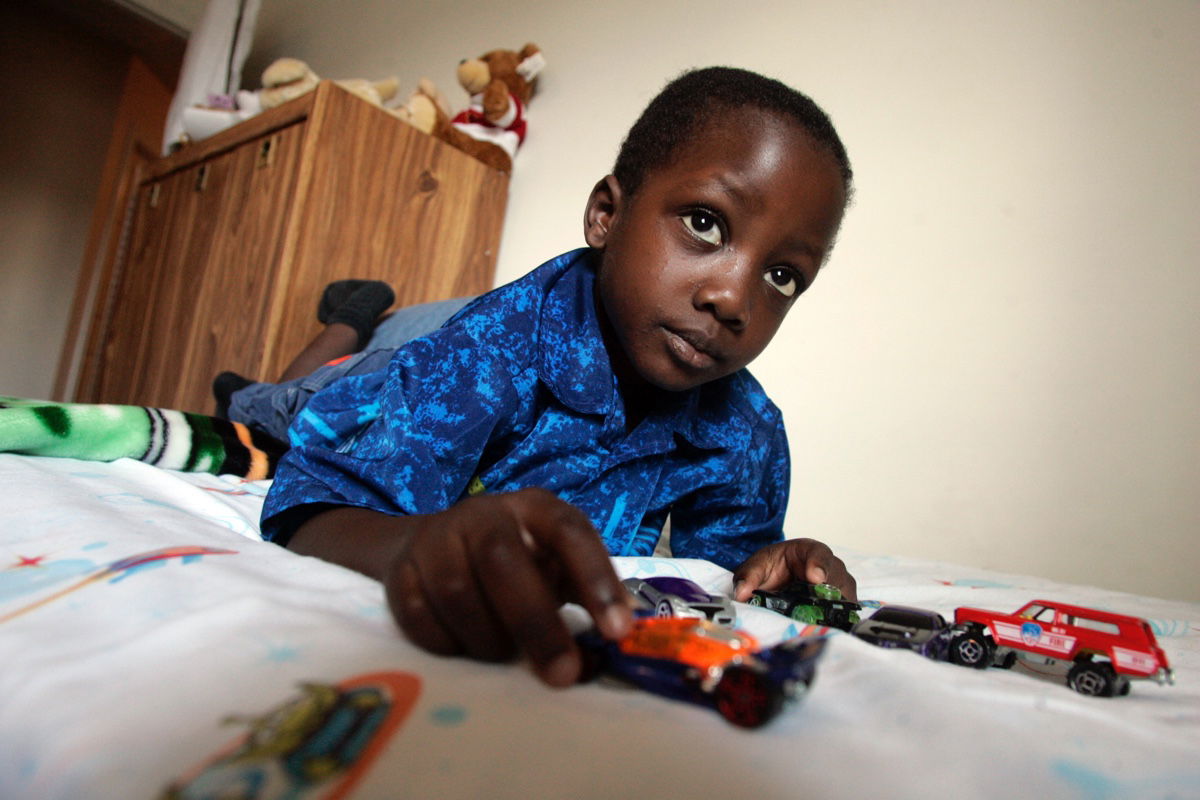
December 28, 2023
Low-Income Black Children With Sickle Cell Face Denials Of Disability Benefits
Sickle cell disease is a severe monogenic disease associated with high morbidity, mortality, and a disproportionate financial burden on Black communities.
Approximately 1 in 365 Black children are born with sickle cell disease, according to the Centers for Disease Control and Prevention, but data show a surge in application denials for disability benefits.
Sickle cell disease, a group of inherited red blood cell disorders, is associated with high morbidity, mortality, and a disproportionate financial burden on Black communities. The lifetime burden of total medical costs attributable to sickle cell disease is four times more than people living without the disease, the National Institutes of Health found. In response, a federal government disability payment program known as the Supplemental Security Income, or SSI, works to boost low-income Americans out of poverty and provide health insurance. Payments can amount to up to $900 monthly, contingent upon income and household factors.
However, roughly 76% of those applicants, or at least 12,249 families, had their requests denied between 2015 and 2020, according to an analysis of federal data, CBS News reported.
In 2013, the Social Security Administration proposed revising the Listing of Impairments criteria that evaluates cases involving hematological disorders in adults and children. Medical experts and legal scholars claim that these changes that took effect in 2015 limit access to benefits for children with sickle cell disease, including the process of gathering and proving disability.
“SSA must rely on information from medical providers, schools, and other systems to decide who is eligible to receive and maintain SSI benefits. Therefore, where racism and inequity exist in education, medicine, behavioral health, criminal justice, and child welfare systems, racism and inequity are perpetuated in the administration of SSI benefits,” according to research supported by the Community Legal Services in Philadelphia (CLS).
NEW RULES, SOARING REJECTIONS
The new stricter rules require that a patient’s history includes three hospitalizations in a year, each lasting at least 48 hours and occurring at least 30 days apart. In contrast, the older standards required only one hospital stay related to the disease within the past year of filing the disability application.
Upon request, CLS obtained the nonpublic data from the SSA revealing the staggering number of children denied benefits between 2011 and 2020. From 2011 to 2015, the denial rate for child sickle cell cases averaged 62.3%. Following the rule change, the rate soared to an average of 76% over five years. Approximately 1,456 children who were qualified under the old standards were rejected under the new requirements.
Levella Golden, the Black mom of a child with sickle cell disease, identifies as being in the lower class. She told CBS News that not only were her applications for benefits denied five times, but the SSA noted her income in the denials. Her claim did not appear to meet the requirements for receiving disability benefits.
“I’m in the lower class, and it’s really hard living paycheck to paycheck,” she said. “If my family was rich, why would we try to get Social Security disability? I don’t make enough money.”